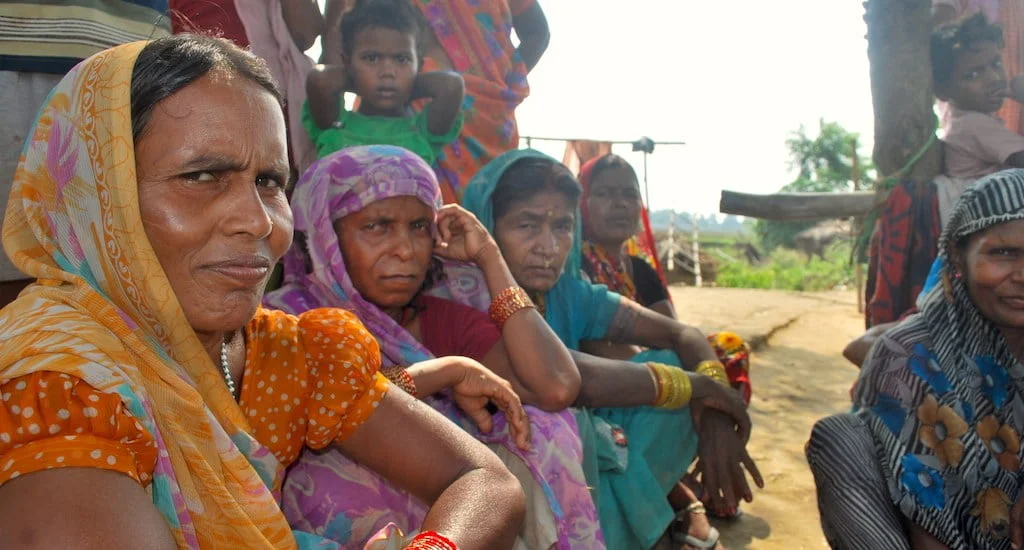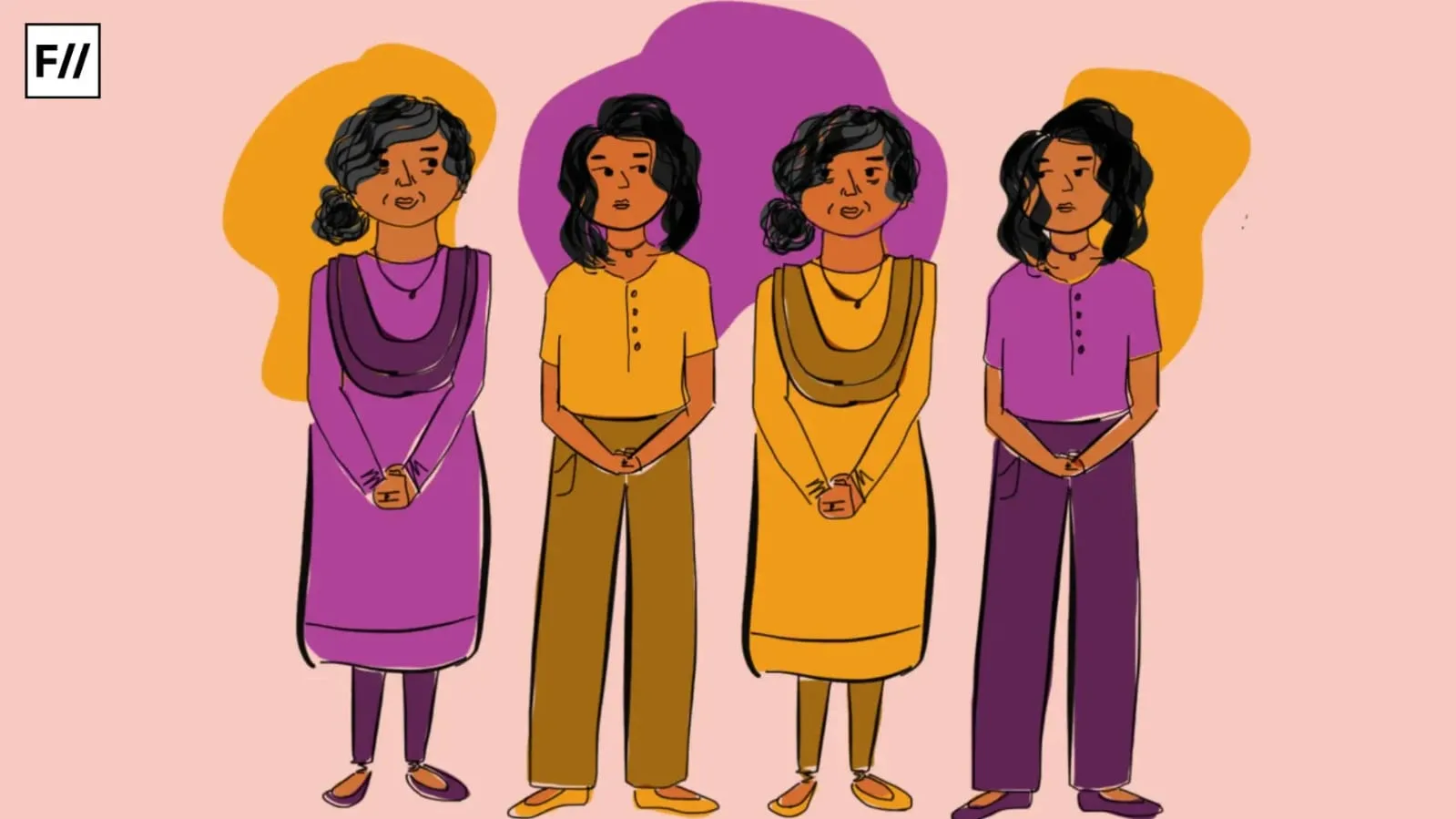(TW: This article contains mentions of suicide. If you are in distress please talk to someone or seek help on this number. Helpline number: 91-9152987821)
The demise of the young Bollywood actor Sushant Singh Rajput on 14th June 2020, jolted the nation. In a huge media outcry that followed, the news of his alleged suicide ignited a series of debates and speculations that went beyond the news of his death and spiraled into a circle of revelations of the most private details. This is not the first time a celebrity’s death has garnered so much attention. What is more problematic is the way the media continues to aggressively report on suicide while embracing a language that is not only derogatory to the deceased and his family, but also disturbing on a more fundamental level
The World Health Organization in association with International Association for Suicide Prevention provided certain guidelines for media professionals to adhere to while reporting on suicide. Some of these include –
- Avoiding language that sensationalises or glorifies suicide
- Refraining from explicit description of the details of the methods or the suicide scene
- Avoiding use of photographs or video footage in connection with the incident
- Taking particular caution in reporting celebrity suicides
What is evident over the years, in both print and broadcast media is the huge failure on their part to abide by the necessary guidelines while reporting on suicide. This has been exacerbated by the presence of the social media that now overpowers most other platforms and where information dissemination about an event takes place quicker than the event itself.
What is evident over the years, in both print and broadcast media is the huge failure on their part to abide by the necessary guidelines while reporting on suicide. This has been exacerbated by the presence of the social media that now overpowers most other platforms and where information dissemination about an event takes place quicker than the event itself.
Language Used In Suicide Reporting

In contemporary times, media houses continue to use a language on suicide reportage that is redundant. The terminologies used are often depreciating and problematic. The most common violation of guideline is in relation to the method used. The media continues to reveal details on what particular tools or methods the deceased may have used.
The detailed description of specific things like a rope, overdose of drugs, or methods such as burning, shooting are often exaggerated and advertised dramatically. In one such instance, is an incident dating back to October, 2019 when 3 family members died by suicide in Ludhiana, the Indian Express opened the report with a graphic of a rope followed by a description of where the bodies were found. Particular attention was given to details of the suicide scene and state of the deceased. Such reporting is not only offensive, but points to the extreme apathy of the media towards the bereaved.
A significant aspect that cannot be neglected is the news headline itself, and how the use of various words and statements in the media are not only triggering for the general population but more so for the people who might be in vulnerable situations. For instance, most channels after the death of the actor Sushant Singh Rajput used distasteful language.
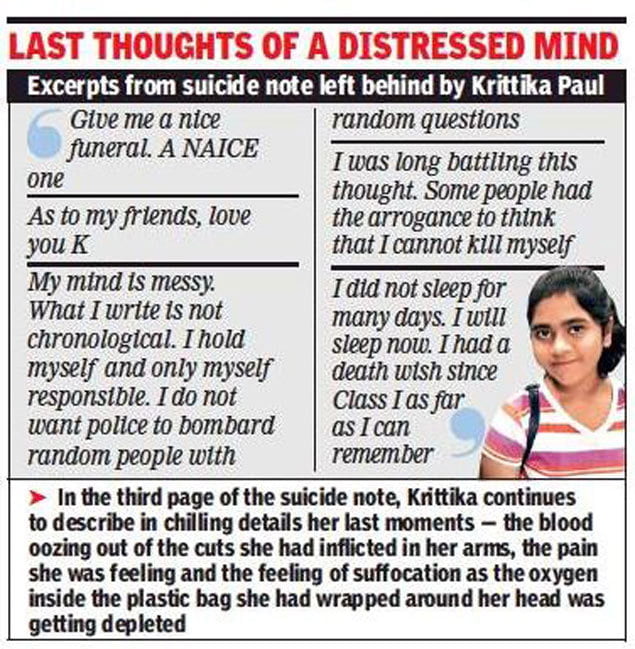
As pointed by many, the news channel ‘Aaj Tak used a headline that read: “Aise kaise ‘hit-wicket’ ho gaye Sushant” (how did Sushant get hit-wicket). Such language is only a means to attract TRPs, presented under the garb of news. A common practice is the use of statements like ‘found hanging’ or ‘committed suicide’. The former is more predominant in reportage so much so that the name of the deceased almost always routinely follows this statement.
The use of the phrase ‘committed suicide’ is problematic for it associates the act with criminality. Presentation of visuals of the deceased person and the suicide scene are done without adequate trigger warnings. These presentations with explicit descriptions often have an effect termed as “suicide contagion”. It refers to increase in suicide or suicidal behaviour following exposure to such news. Research shows that media portrayal of such incidents and the particular language used has a significant effect on suicide contagion.

How narratives are constructed after the death of a person also creates problems. We often see how the media gets entwined with the how’s and why’s of a suicide incident and documents it over a prolonged period. This is particularly true when the establishment of intent behind a case becomes central to its reporting.
Barring few channels, most media channels tend to ignore the facts and instead present the population with speculations and questions to ponder upon, regarding what might have caused a person to take his life. This is particularly true of celebrity deaths where the media uses language that sensationalises suicide and indulges in a repetitive show of presenting the details of the incident. The language used also often justifies the act and normalises it in a bid to prove it as the only solution to problems.
Also read: What Do The Suicides of Female NEET Aspirants Tell Us About…
Such narratives are particularly true while exploring the links between Suicide and Mental Health. For most cases, it is a routine practice to often view it in terms of depression. While there exists a strong link between suicide and mental health, the practice of defining suicide almost always along epidemiological lines often puts out of focus other more important factors that may have been responsible for death. It also fails to take into account mental health as a continuum and indulges in a practice of clubbing all public health issues under the umbrella term of ‘depression’, which is an inadequate picture.
Presentation of visuals of the deceased person and the suicide scene are done without adequate trigger warnings. These presentations with explicit descriptions often have an effect termed as “suicide contagion”. It refers to increase in suicide or suicidal behaviour following exposure to such news. Research shows that media portrayal of such incidents and the particular language used has a significant effect on suicide contagion.
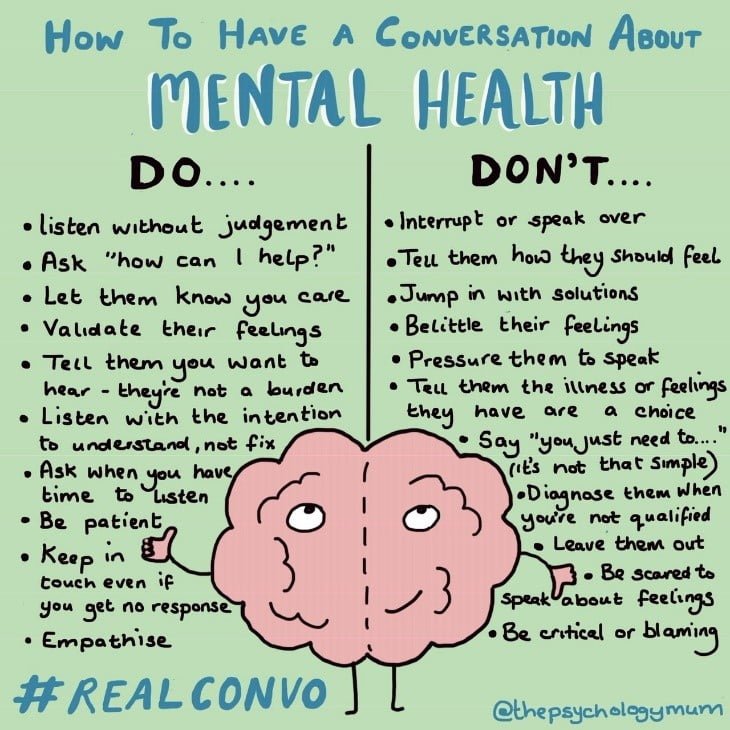
Mass Suicides And The Problem Of Universal Narratives
The very construction of suicide as a category has come under a lot of contestation. This is especially true of mass-suicide in India.
Farmers’ suicide is a pervasive phenomenon across India. It often does not go beyond the demographic aggregates. The media portrayal of farmers suicide still remains visibly low. In reporting mass suicide of farmers, they do not go beyond the agrarian crisis. This representation shows an interplay of various hierarchical institutions within a larger context of political visibility and decision-making power.
Between October 2014 to August 2019, around 14,591 farmers died by suicide. Maharashtra continues to account for the largest number in India, followed by Karnataka, Telangana, Madhya Pradesh and Tamil Nadu. The Indian media continues to under-report these numbers. These cases do not even make it to the front page. What should be a cause of utmost concern remains largely under-reported. Farmers suicide are the most tragic and dramatic symptoms of the crisis of survival faced by the Indian peasantry. What is casually reported as resulting from an agrarian crisis or a problem of debt, is a cry for help and a mark of protest—one that the India media fails to capture in adequate light.
Vemula’s suicide was the result of social prejudice and unravels how discrimination continues along caste lines, even in educational institutions. It goes beyond issues of mental health. It brings to the forefront the indignities that people have to face resulting from their caste-class position in society. His death symbolised a revolutionary moment for many.
A common issue across most states in India is dowry related deaths. Situating this within the purview of suicide we see how often murders of new brides are disguised under the category of suicide. The routine practice of constructing a uniform narrative overshadows the various socio-economic factors that are relevant in these incidents. One of the largest group of suicides in India are housewives. Over one-third (36.6%) of suicide by women in the world in 2016 were in India. Such suicide incidents often remain underreported and their documentations are generalised by newspapers and media agencies.
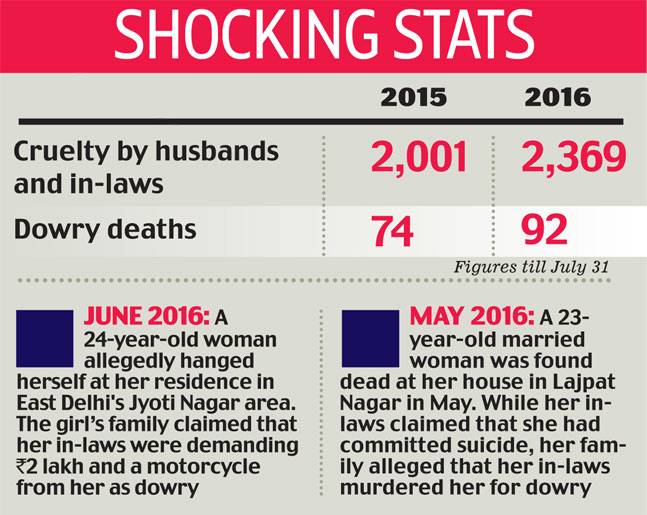
The example of Rohith Vemula is significant in this context. Rohith Vemula, a Dalit student and PhD candidate at the University of Hyderabad, died by suicide on January 17, 2016. This news sent shockwaves across the country resulting in protests. Vemula’s suicide was the result of social prejudice and unravels how discrimination continues along caste lines, even in educational institutions. It goes beyond issues of mental health. It brings to the forefront the indignities that people have to face resulting from their caste-class position in society. His death symbolised a revolutionary moment for many.
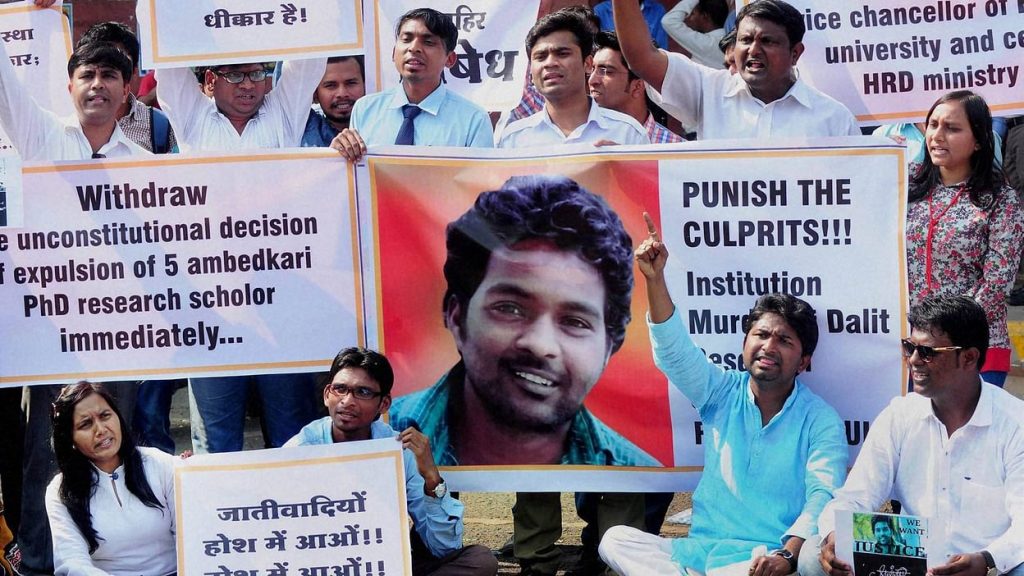
Between 2007 to 2011, eighteen more suicides were recorded at the University that never made it to the headlines.
There is a serious need for a reevaluation of media reportage. While there are various guidelines both at the national and international level, the non-adherence to these guidelines is problematic. As per WHO guidelines most of them fail to provide helpline numbers or highlight alternatives for seeking help, thus treating such cases only for purpose of documentation and denying the risk factors. The media plays a significant role in suicide reporting, as such it is extremely important to exercise caution. Through responsible and ethical reporting, media can not only help provide valuable information to the public but also create awareness and help in suicide prevention.
Also read: Infographic: How To Sensitively Report Suicide
References
- Media Roles in Suicide Prevention: A Systematic Review
- Newslaundry.com
- Deccan Herald (India may become Farmer Suicide Capital)
- Preventing Suicide – A Resource for Media Professionals
About the author(s)
A Sociology graduate with an interest in art and music. An enthusiastic reader especially concerning gender dynamics in mythological stories. A cat mom and an occasional photographer often found cafe hopping in Delhi.


